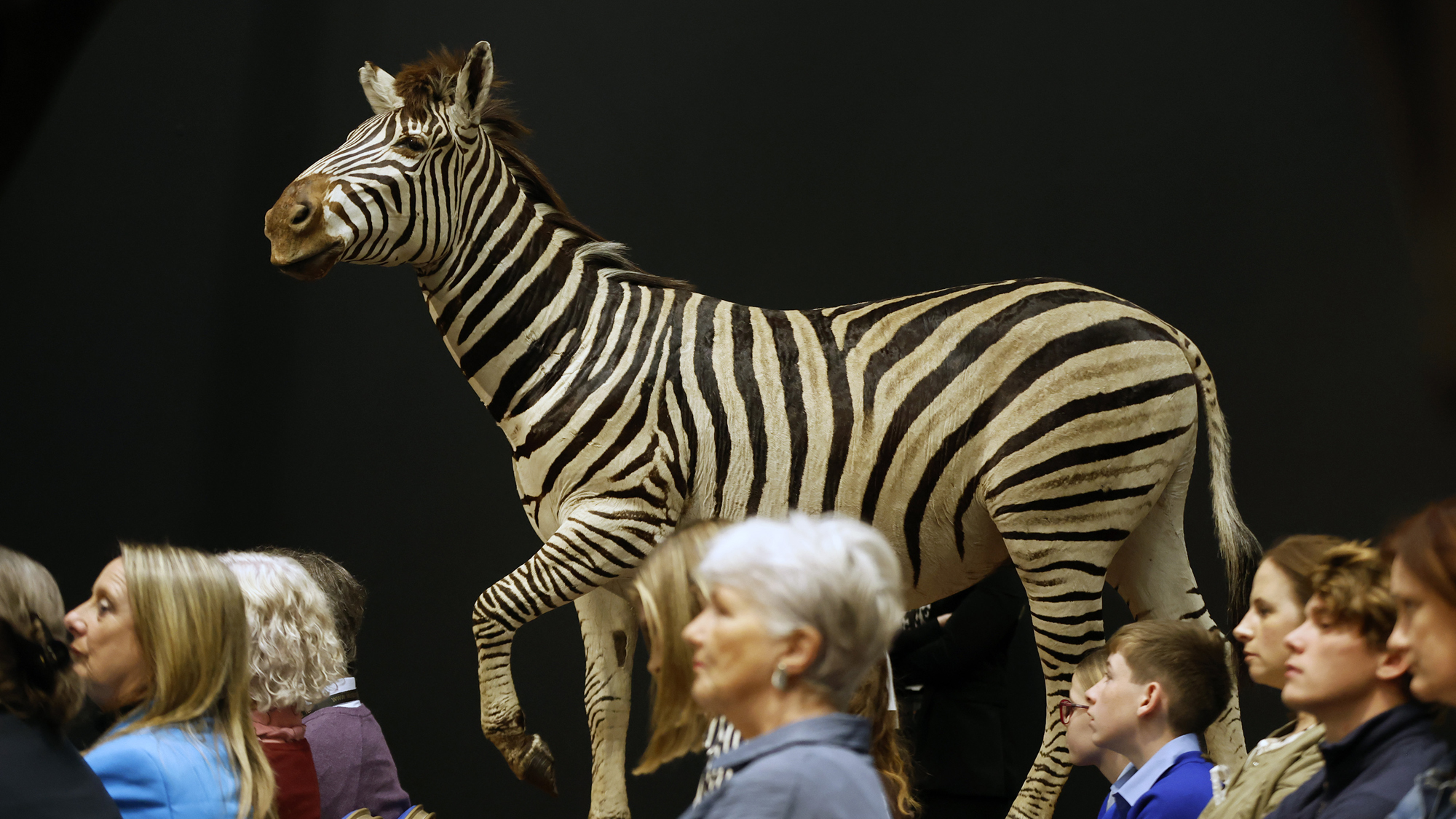A fascinating body of research by voluntary history and heritage groups from across Ireland was unveiled yesterday (29 September 2025) at the National Museum of Ireland, Collins Barracks, Dublin 7.
The research on Irish plants, animals and geological features was carried out by members of the Irish Community Archive Network (iCAN), an initiative of the National Museum delivered in partnership with The Heritage Council and Heritage Officers in participating local authorities.
Members of the iCAN groups were at the National Museum yesterday to unveil the new display of specimens, stories, visual art, videos and more.
From willow-weaving in County Wicklow to lesser horseshoe bats (Rhinolophus hipposideros) in the caves of County Clare, the community research explores interesting facets of Ireland’s natural history in the context of local histories and traditions.
The aim of the Our Irish Natural History project is to highlight the role of communities as valuable stewards of Ireland’s natural heritage and to celebrate the important cultural meanings that native species embody for many Irish communities.
The research is now on display in The Dead Zoo Lab - an exciting new space for natural history at Collins Barracks while the famous ‘Dead Zoo’ on Merrion Street is closed for works.

Above: Members of participating iCAN groups photographed at the launch of Our Irish Natural History in 'The Dead Zoo Lab'. Imabe: Julien Behal
One piece of featured research by Moycullen Heritage Group investigates fossils embedded in the burial stones of the community’s medieval Sean Reilig graveyard. This project has revealed Moycullen’s geological foundations and the presence of ancient fossils in many aspects of community members’ lives.
Research by members of Clarecastle & Ballyea Heritage & Wildlife Group in County Clare explores the natural history of their local caves, including a population of lesser horseshoe bats.
A contribution from County Mayo’s Louisburgh-Killeen Heritage Group reveals the connections between stinging nettles (Urtica dioica) and corncrakes (Crex crex). Through the community’s research of nettles as an ideal habitat for corncrakes, the group also uncovered a rich local history around the many traditional uses for nettles, from home remedies and recipes to textiles and dyes.
Research by Glendalough Heritage Forum highlights the ancient Irish artform of willow weaving. Pat Reid and Aoife Patterson—members of the Forum and owners of the business Wicklow Willow—even created a willow basket that is featured in the exhibition.
County Galway’s Milltown Heritage Group collaborated with Milltown and Belmont National Schools to bring the community’s natural heritage to life. Students performed music and composed and recited poetry to honour their local traditions and connections to wildlife, including an ancient ash tree (Fraxinus excelsior).
Members of Blessington History Society in County Wicklow researched their local history of granite quarrying, including the use of Ballyknockan granite in many of Dublin’s most famous buildings and monuments.
In County Galway, Woodlawn Heritage Group and Galway Community Archaeology explored potential connections between the common cranes (Grus grus) that used to live in Ireland and local discoveries of halberds, artifacts which resemble the beak of a crane.
Kilkeedy Heritage Group in County Clare examined the recent re-discovery of a native population of Burren pine (Pinus sylvestris)—Ireland's only native conifer species—and the rare glimpse this offers into Ireland's ancient woodland past.

Above: Hazel Morrison, Moycullen Heritage Group, speaking at the launch of Our Irish Natural History in 'The Dead Zoo Lab'. Imabe: Julien Behal
Reflecting on the project, Hazel Morrison, Moycullen Heritage Group, explained:
This project gave our local groups the chance to explore and celebrate the natural history on our own doorstep, while building research skills, acquiring knowledge and working in collaboration with others. Bringing these stories into the museum now connects our community voices with a national audience, creating a strong partnership that benefits both the museum and the communities."
Speaking on the launch of the exhibition, Paolo Viscardi, Keeper of Natural History, National Museum of Ireland, said:
I’m delighted to see this display from iCAN installed in the Dead Zoo Lab. This will be the first of many partnerships that will draw on our scientific collections to tell broader and more inclusive stories and spark a creative output. The research carried out by the iCAN community partners demonstrates how collections can illuminate connections between people and places.”
Adriana Ballinger, a Postgraduate Research Fellow at the National Museum, initiated and developed the Our Irish Natural History project. At the exhibition’s launch, Adriana said:
For nearly six months, eight iCAN groups have researched their connections to native species. The community members’ dedication to their research became apparent as they discovered and pursued new threads of interest, from nettle soup recipes to students’ nature-focused art. I’m very happy to see these local stories and traditions represented in the Dead Zoo Lab. I know that visitors will enjoy interacting with the narratives, visual art, videos, poetry and oral histories that the communities have curated for this exhibition.”
The participating iCAN groups are:
-
Clarecastle & Ballyea Heritage & Wildlife Group, Co. Clare
-
Woodlawn Heritage Group, Co. Galway / Galway Community Archaeology
-
Moycullen Heritage Group, Co. Galway
-
Blessington History Society, Co. Wicklow
-
Louisburgh-Killeen Heritage Group, Co. Mayo
-
Kilkeedy Heritage Group, Co. Clare
-
Glendalough Heritage Forum, Co. Wicklow
-
Milltown Heritage Group, with Milltown National School and Belmont National School, Co. Galway.
Our Irish Natural History is on display now at The Dead Zoo Lab at Collins Barracks, Dublin 7. Admission is free. See museum.ie for further details.
